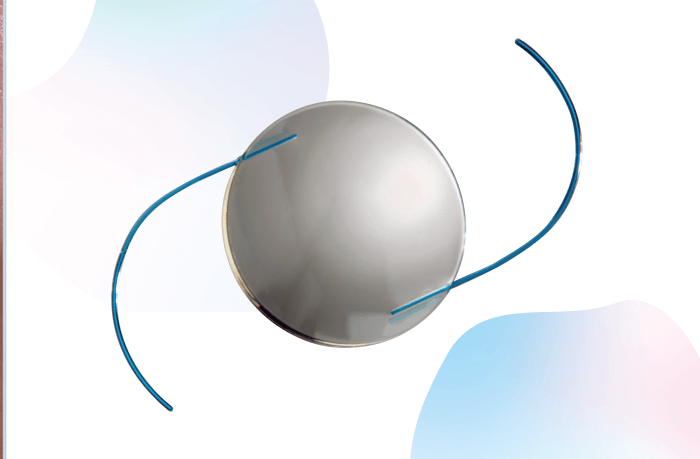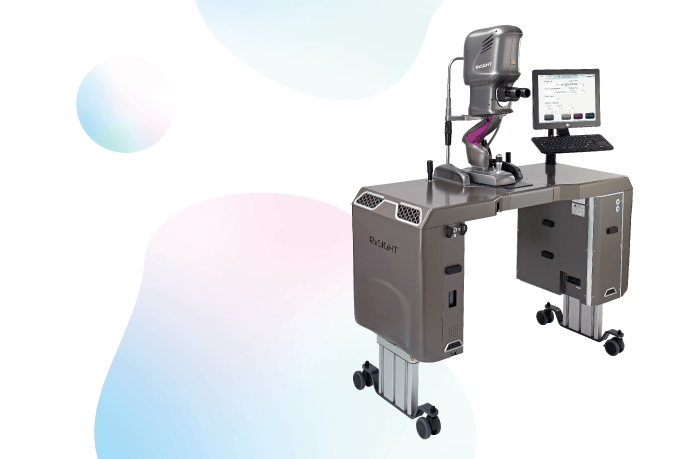
A common challenge in premium cataract surgery is discussing vision optimization options with patients ahead of the procedure – it is not easy to demonstrate different visual outcomes to patients with cataracts.
As the lens power of traditional IOLs cannot be changed after implantation, physicians typically spend a great deal of time on preoperative measurements to estimate the most suitable lens power for the patient. Though outcomes of traditional IOL implantation are generally good, residual refractive error – even after premium cataract surgery – is common due to variations in postoperative lens position and wound healing. So what happens when patients are not happy with their vision outcomes? Until recently, additional surgery or lens removal was required to change lens power after implantation.
Enter the RxSight® Light Adjustable Lens™ (LAL) – the first and only IOL that can be nonsurgically adjusted after cataract surgery, giving physicians the ability to customize the power of the implanted lens after the eye has healed. Instead of having to prescribe glasses after cataract surgery, the physician can simply apply the customized prescription that the patient has previewed directly into the adjustable IOL, using a series of 90-second in-office UV light treatments. With such precise refractive targeting, physicians can finally achieve the best possible vision for their patients.
An innovation indeed, but how does it work? The LAL contains photosensitive macromers distributed throughout the lens. When low-intensity UV light from the proprietary Light Delivery Device (LDD) is directed to a specific area of the lens, the macromers in the path of the light polymerize with other macromers. The remaining unpolymerized macromers then move to the light-exposed area. The movement causes a highly predictable change in the curvature of the lens – representing the refraction entered into the LDD by the physician.
The system is approved for cataract surgery patients with pre-existing corneal astigmatism (at least 0.75 D), who do not suffer from macular disease. FDA approval was based on results of a US randomized, pivotal study that evaluated the safety and effectiveness of the LAL and LDD compared with a commercially available monofocal lens in 600 eyes with pre-existing astigmatism (1).
The LAL allows for optimization on a clear and stable visual system. This way, if a patient is uncertain of their desired refractive target, the effect can simply be adjusted after cataract surgery, allowing surgeons to recommend premium options with confidence. For the first time, patients can “design” and achieve their own custom vision for all distances – near, intermediate, distance – and treat astigmatism with a single IOL.

References
- FDA, “Summary of safety and effectiveness data (SSED)” (2017). Available at: https://bit.ly/3eQxInS.
